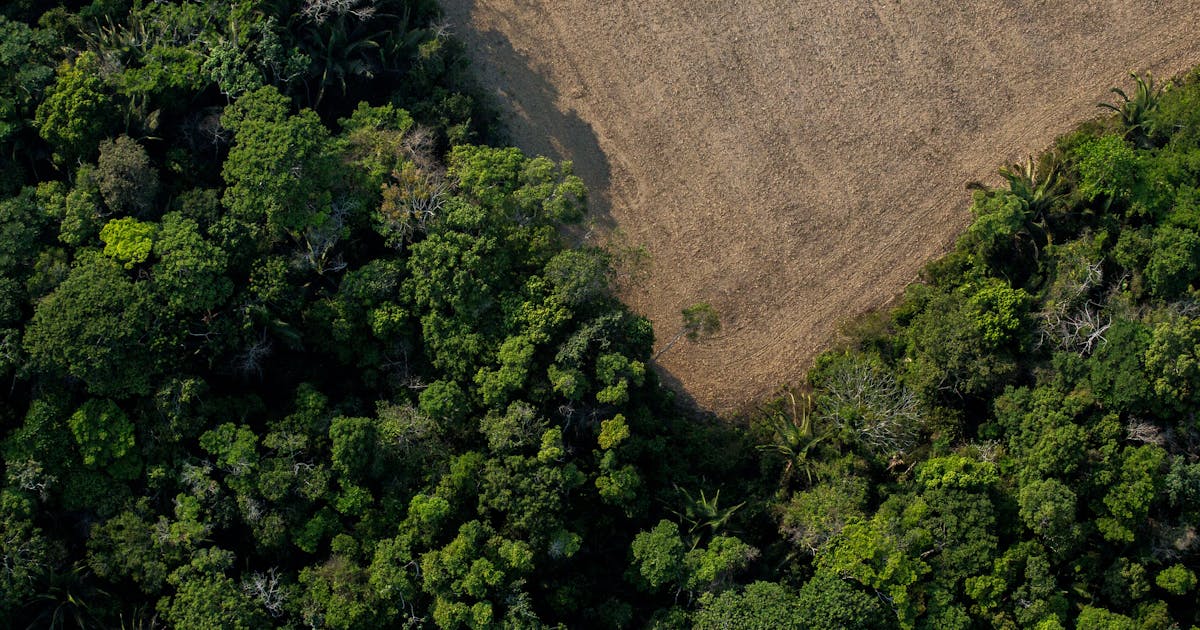Brutal heat waves swept across the Southern Hemisphere earlier this year. Now it’s the Northern Hemisphere’s turn.
This week, much of the eastern United States will swelter under a “heat dome” that is likely to be just the beginning of a long, hot summer across the country. Fueled by climate change, these conditions pose dangerous threats to human health.
“The thing people don’t get about high temperatures combined with high humidity is that it imposes an absolutely upper limit on human survival,” said M. Sanjayan, CEO of Conservation International.
“We have absolute limits on how we can cool our bodies. Sweating is the only option outdoors, and it doesn’t work at high temperatures and humidity,” he added. “This summer, billions of people in places like India, West Africa, Central Europe and even North America will experience this upper limit imposed by climate change with tragic consequences for life, health and productivity.”
Yet, scientists warn, humanity continues to actively destroy one of its best allies against the heat: forests.
According to a seminal 2017 research paper, forests represent at least a third of all global action needed to limit climate change to a “safe” zone by absorbing climate-warming carbon.
But as more recent research notes, nature’s ability to cool us down doesn’t end with climate.
Keeping tropical forests standing provides a 50 percent greater impact on lowering global temperatures than arises only from their ability to absorb carbon, according to a recent report by scientists at Conservation International and the World Resources Institute (WRI).
The upshot: “Forests are even more important than we thought for stabilizing the climate,” Frances Seymour, a WRI senior fellow who co-authored the report, told the environmental news site Eco-Business.
By influencing rainfall patterns and reducing local temperatures, forests also affect food and water security, the report noted.
“Forests really are part of the broader picture to keep communities healthy and safe in a changing climate,” said Michael Wolosin, an ecologist at Conservation International and a co-author of the report.
Yet despite forests’ multifold power to cool not just city streets but the Earth itself, their protection lags far behind other efforts to bend the climate curve. In fact, natural solutions to climate change receive a paltry 3 percent of all global climate funding. In stark contrast to the transition to renewable energy in recent years, a global-scale “nature transition” — from the degradation of nature to the restoration of nature — remains on the horizon.
“We know that climate change is real, and that we have to act urgently in order to tackle it,” Sanjayan said recently. “But so far, the nature transition has really struggled to get out of the gate.”
Efforts to help finance this transition have grown quickly in recent years, and while financing is still nowhere near the scale needed, global negotiators have set their sights on expanding it significantly. A livable climate may depend on it.
Bruno Vander Velde is the managing director of content at Conservation International. Want to read more stories like this? Sign up for email updates. Also, please consider supporting our critical work.

